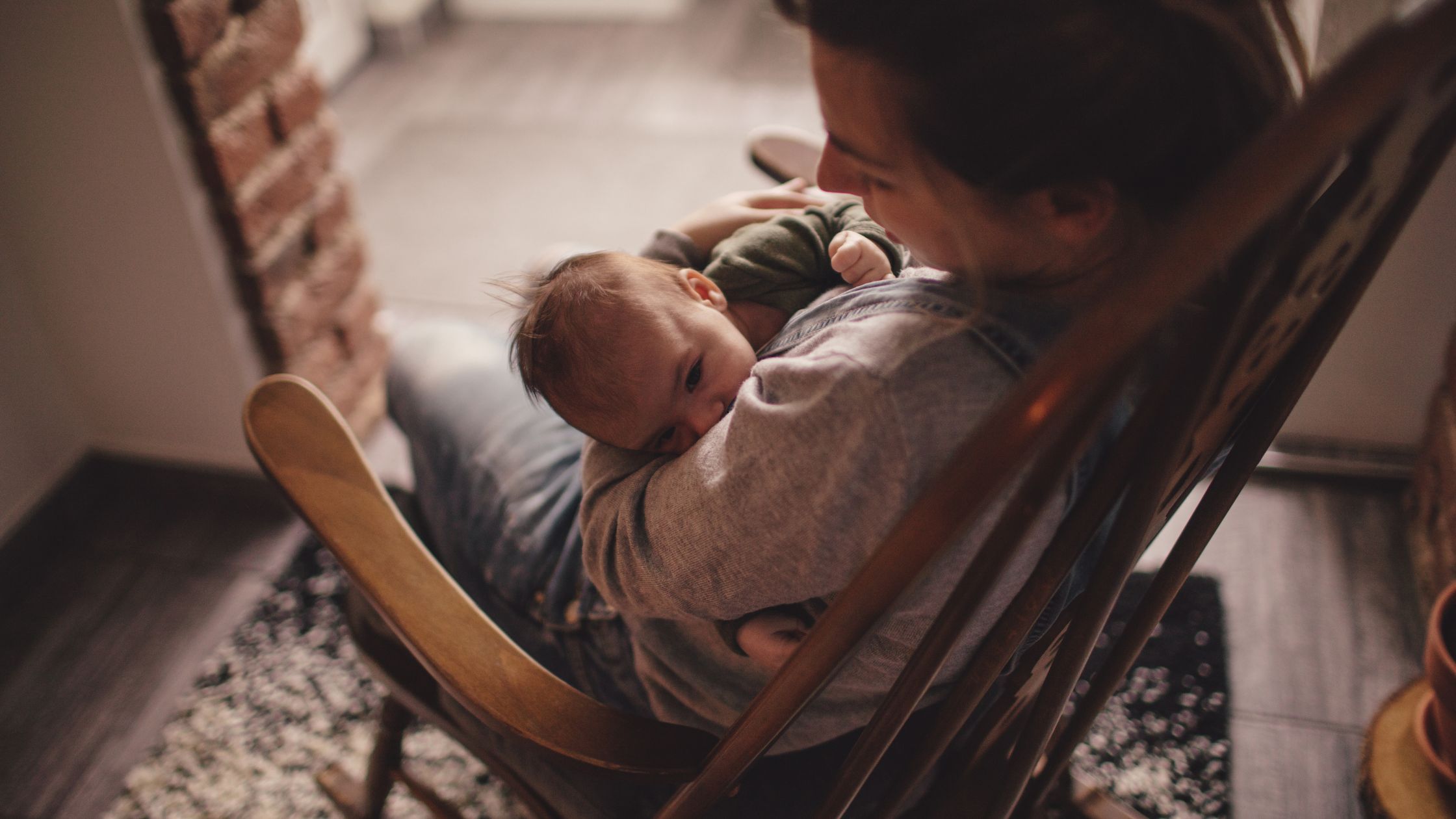
If you’re the parent of a sensitive or high-energy baby, you know that naptime can feel like a battlefield. One minute they’re playing happily, the next, they are suddenly inconsolable—or worse, wide awake in their crib despite all your efforts. You’re exhausted while wishing you knew the secret to baby nap.
You’re not alone.
Many parents of active or sensitive little ones struggle with naps. The good news is that with the right approach, you can help your baby get the daytime rest they need—without tears, battles, or hours of pacing the floor. Let’s dive into why some babies resist naps and how you can help them succeed.
Why Some Babies Struggle With Naps
Every baby is different, and some just find it harder to settle for daytime sleep. Here are a few common reasons:
1. Sensitive nervous systems
Sensitive babies often feel everything more intensely. Bright lights, noises, or even minor changes in routine can make it difficult for them to relax and fall asleep.
2. High energy levels
Some babies are naturally more active. They burn energy quickly and may find it hard to slow down long enough for a nap.
3. Environmental factors
Even small things like a slightly noisy street, bright sunlight, or a busy household can interfere with sleep for sensitive or active babies.
4. Wake windows that are too long or too short
Timing is everything. Consequently, if a baby is kept awake too long, they can become overtired, which as a result makes falling asleep harder. Too short, and they may not be ready for sleep at all.
Understanding these factors is the first step toward creating naps that actually work.
Learn How to Read Sleepy Cues Before It’s Too Late
One of the most powerful tools you have is observing your baby’s sleepy cues. Recognizing them early can make the difference between a smooth nap and a battle. We can differentiate 3 categories of sleepy cues: early sleep cues, “I am ready for bed” cues and “I am too tired!” cues.
⭐ Early cues might include: disengaging from the environment, staring off, zoning out, red eyebrows, ear pulling, turning head away or avoiding eye contact, reduced activity, slower movements, losing interest in toys or people.
this is your GOLDEN WINDOW, the perfect moment to head to your baby’s nursery and do a short nap routine,
⭐ “I am ready for bed” cues can look like (at this point – baby should ideally be in their crib): eye rubbing, yawning, mild irritability, crankiness, clinginess or wanting to be held, sucking thumb or wanting extra comfort.
⭐ “I am too tired!” cues: intense crying or whining, arching their back,fists clenching, flailing or full-blown meltdown – baby is very difficult to comfort and parents may have to do whatever it takes to help baby fall asleep.
The key is to catch those early cues. Think of it as a 10-minute “wind-down window”—a period when you can gently transition your baby from playtime to sleep before they become overtired.
Creating a Calm Nap Environment
Once you notice sleepy cues, setting the stage for a nap is critical. A calm environment helps sensitive and high-energy babies relax:
🌙 Minimize overstimulation: Dim the lights, reduce background noise, and limit active play right before nap.
🌙 Follow a consistent routine: Even a short routine: diaper change – sleep sack on – a short book while putting on the sound machine can signal to your baby that it’s time to rest. Routines are VERY important as they promote safety via predictability & reduce anxiety.
🌙 Make the sleep space inviting: Comfortable crib or bassinet, appropriate clothing for temperature, white noise and blackout curtains.
Even small changes to the environment can make a huge difference in helping your little one transition to sleep.
Handling Baby Nap Resistance Without Stress
Nevertheless, even with routines and cues, some naps will still be tricky. Here is how to respond without adding stress:
✔️ Self-soothing vs. comfort: Offer gentle reassurance but avoid picking up your baby at the first sign of fussiness. This helps them to get used to their sleep space and fall asleep independently.
✔️ Gentle consistency: Stick with your routine even on challenging days. The consistency helps your baby feel safe and less anxious.
✔️ Realistic expectations: Some days will go perfectly, others will not. That is normal and does not mean you failed – they are babies, not robots.
It is important to remember, patience is key. A sensitive or high-energy baby may take longer to adapt, but with consistent, responsive strategies, naps can improve quickly!
Short Baby Naps?
Short naps are a very common sleep challenge ALL babies experience. To give you even more support, I have prepared this FREE guide to short naps! Simply click onto the picture below to download it.
You Can Help Your Baby Nap
The secret to baby nap time success for sensitive or high-energy babies is not magic—it is understanding your baby’s temperament, watching their cues, and creating a calm, predictable routine. By observing early sleepy signals, adjusting the environment, and offering gentle consistency, you can help your baby get the rest they need, and give yourself some much-needed breathing room too.
If you are struggling to make naps work for your little one, Baby Sleep Pros can help!
I create customized nap and sleep plans tailored to your baby’s personality and your family’s needs, so not just naps, but ALL sleep can become a peaceful, predictable part of the day—without tears or stress. LEARN MORE HERE
To the balance your family deserves!




